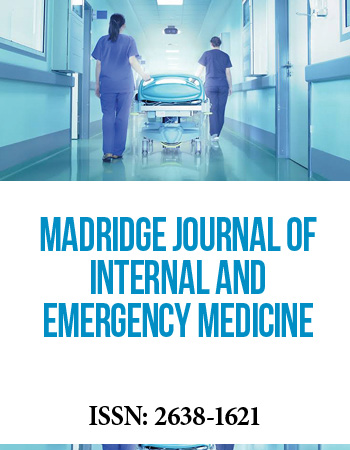International Translational and Regenerative Medicine Conference
April 25-27, 2018 | Rome, Italy
Use of Freshly Collected Amniotic Membrane in Refractory Non-Healing Ulcers
Department of Regenerative Medicine and Translational Science, Calcutta School of Tropical Medicine, India
A wound not showing any improvement or healing between 4 to 8 weeks can be classified as a chronic non-healing ulcer. Chronic non-healing ulcer is a major health problem globally. The etiology of non-healing ulcer includes venous, arterial, diabetic, atherosclerotic occlusion, traumatic and pressure ulcers etc.
Diabetes is a major non-traumatic cause of chronic non-healing ulcers affecting mainly the lower limbs. Approximately 15-25% of diabetic patients develop diabetic foot ulcer (DFU) often resulting in amputation. Morbidity is high in many cases as healing is further complicated due to diabetic neuropathy and patients become susceptible to secondary infections due to altered immunity associated with diabetes.
Application of dry, dehydrated or 1 percent glutaraldehide treated amniotic membrane for treating non-healing ulcers has been in practice for some time. The primary aim of the processed amniotic membrane is to act as a biological dressing model by preventing exudation and infection at the wound site and help in re-epithelialisation and suppression of fibrosis.
However, most of these processed amniotic membranes might fail to directly participate in wound healing mechanism as they are devoid of cellular and growth factors, cytokine components which are predominantly lost during the time of chemical or physical processing of the amniotic membrane.
Since 1999, Niranjan Bhattacharya and his associates, showed that application of freshly collected, unprocessed and serologically screened for infection, amniotic membrane, which is rich in inflammatory and non inflammatory cytokines, growth factors and progenitor cells, when applied within 4 hours of collection from lower uterine caesarean section, in patients suffering from traumatic and non-traumatic non-healing ulcers including refractory diabetic ulcers and arteritis induced ulcers, actively participates in wound healing process by formation of granulation tissues and complete re-epithelialisation, due to mesenchymal stem cells from the amniotic membrane.
Biography:
Dr. Niranjan Bhattacharya holds a MD in Obstetrics and Gynaecology, MS in General Surgery and a DSC in Developmental Immunology. His principal specializations are cell and tissue therapy. Has presented Invited lectures in several international universities and institutions. Has published widely in international and national journals on cord blood and regenerative medicine; is the co-editor of five books on the subject published by Springer. Currently, Chair Professor and Head of the Department, Regenerative Medicine and Translational Science, and Director General, first Public Cord Blood Bank in India, Calcutta School of Tropical Medicine, Kolkata. Cited among top five global cord blood influencers by BioInformant.


